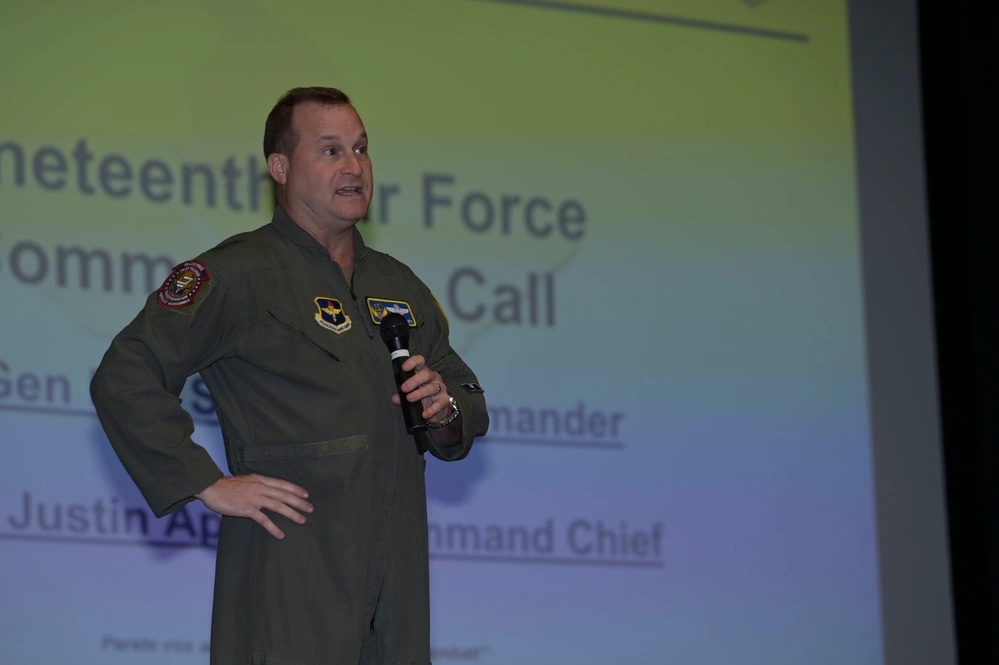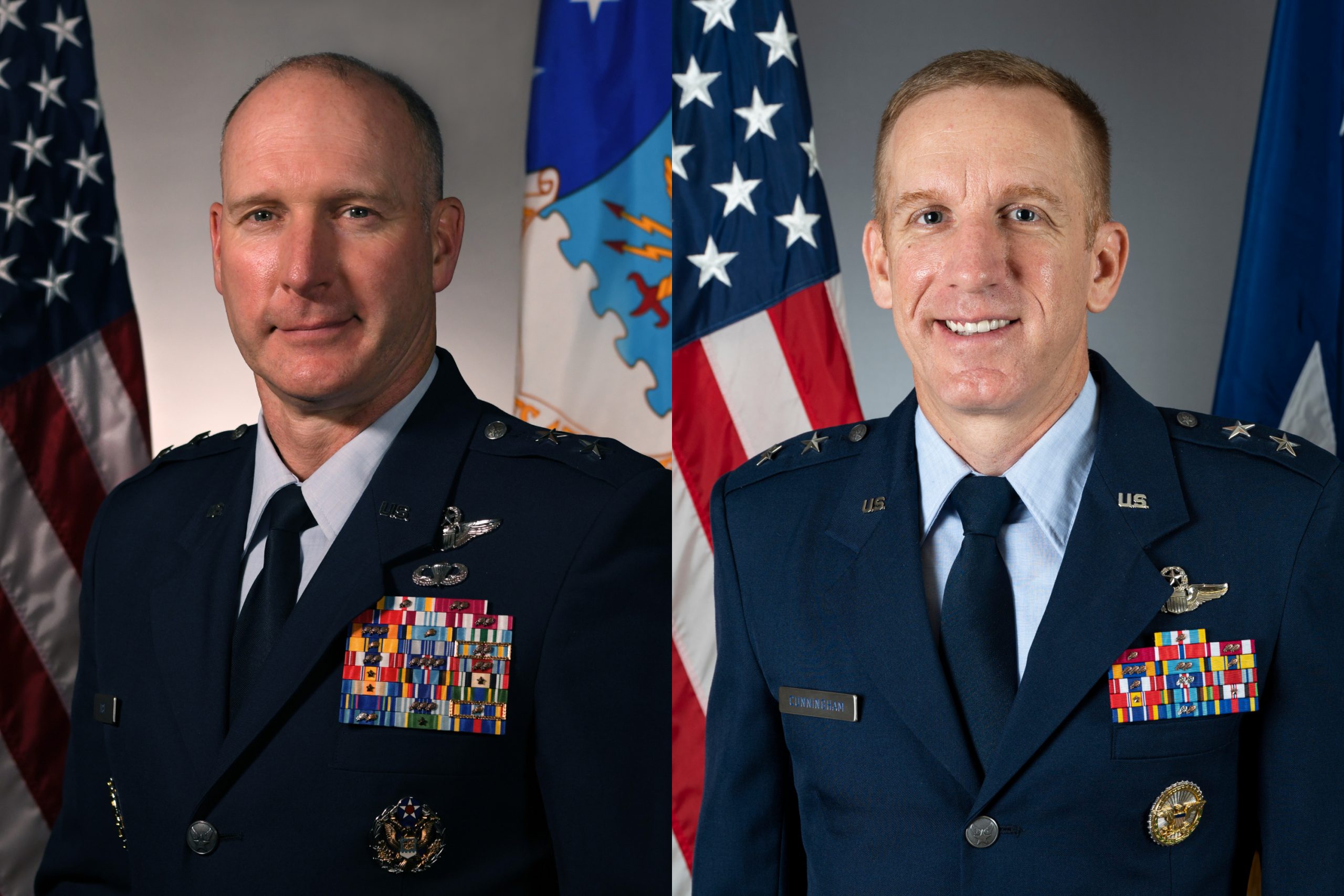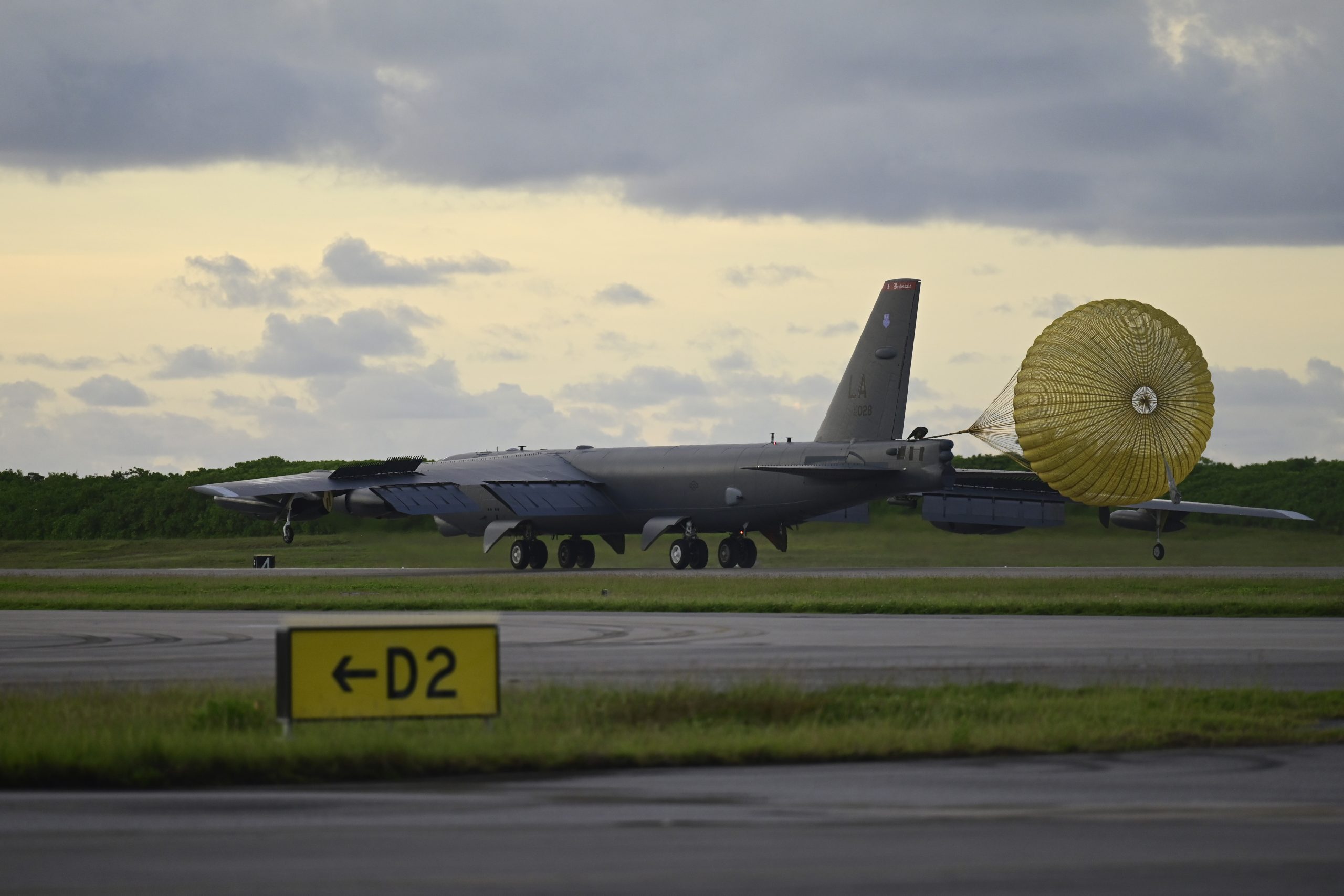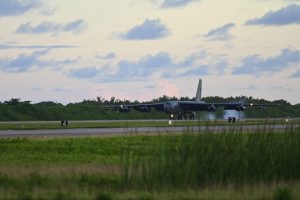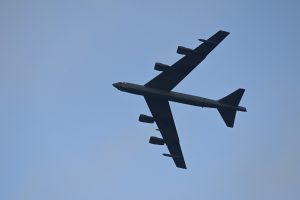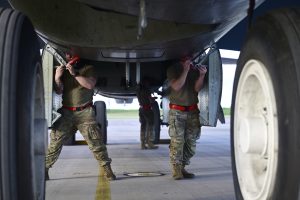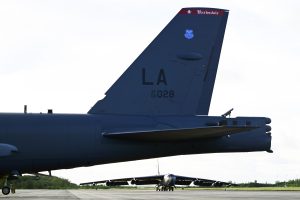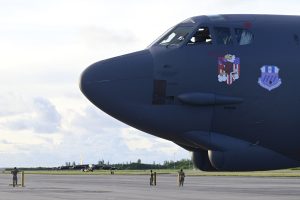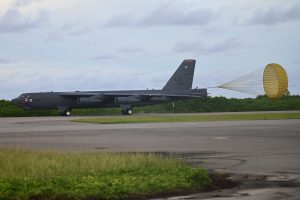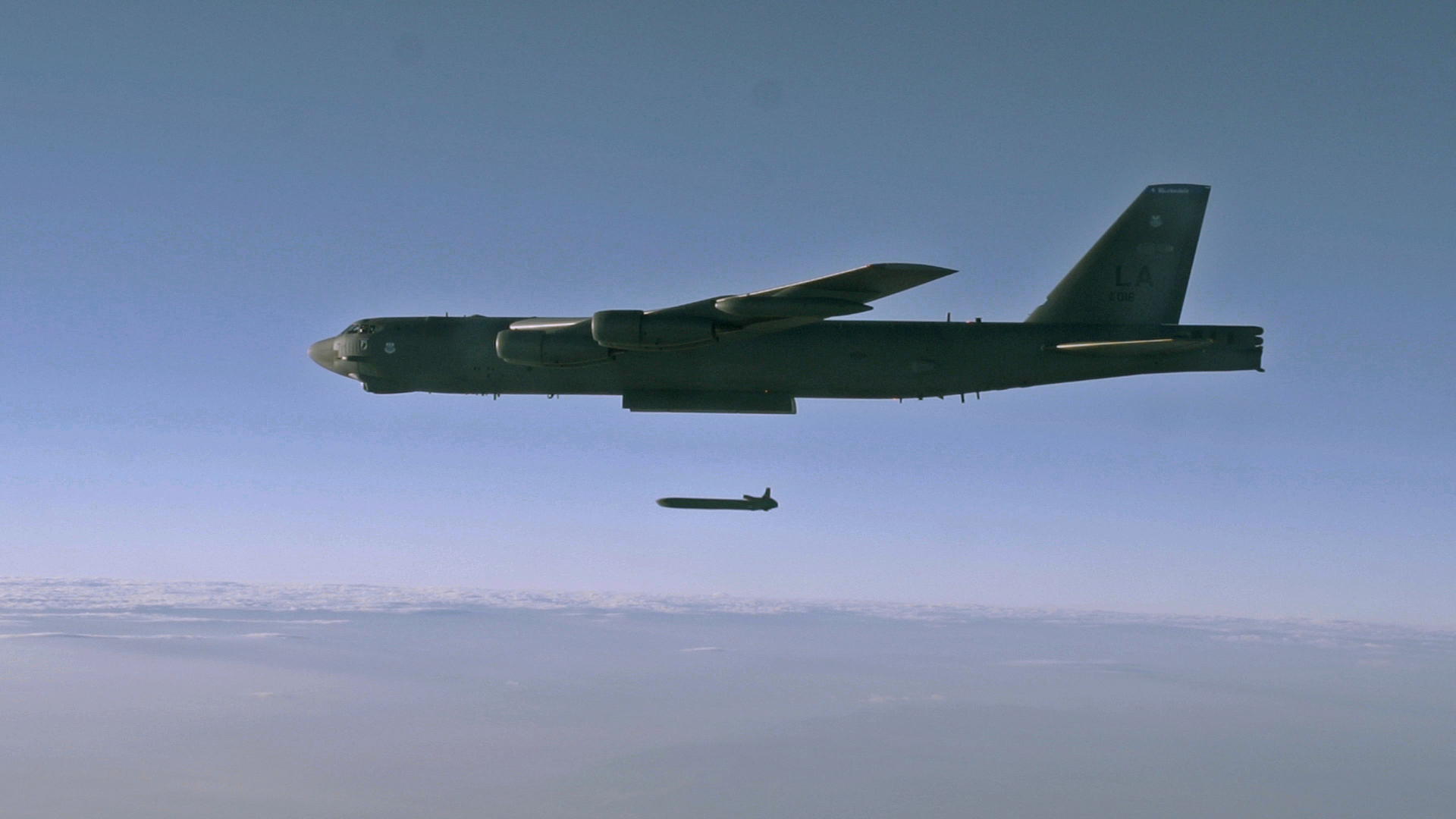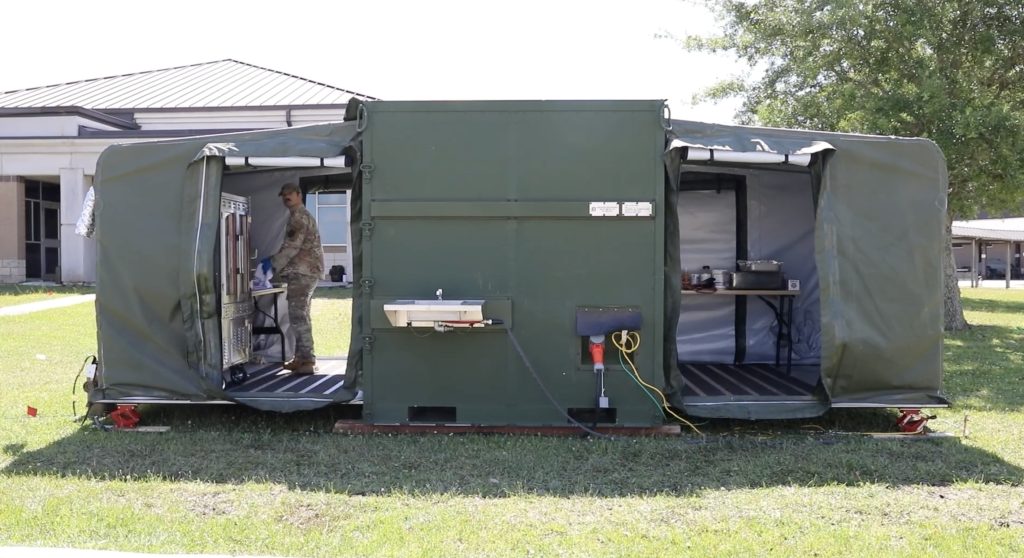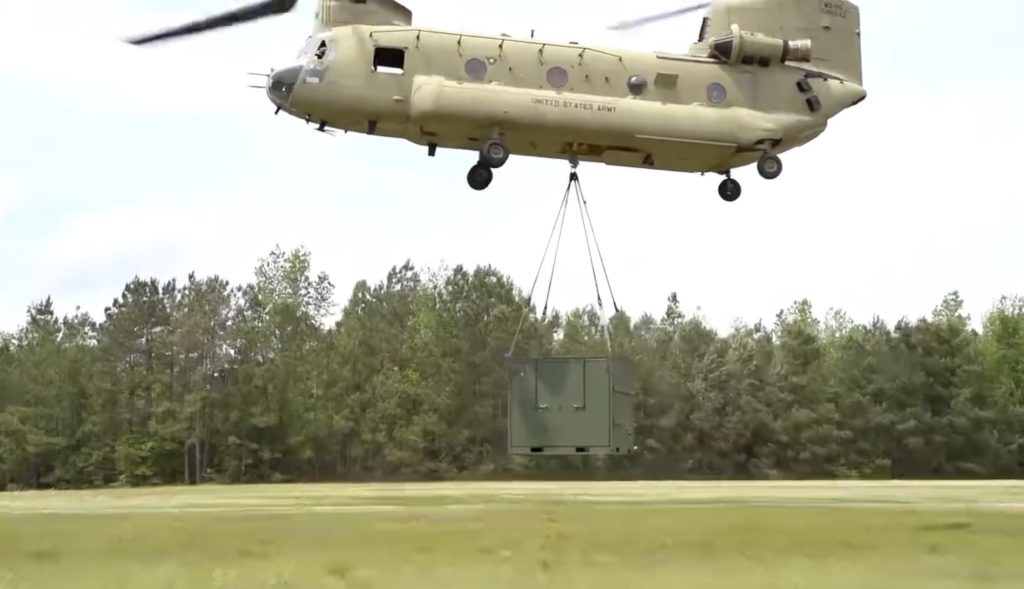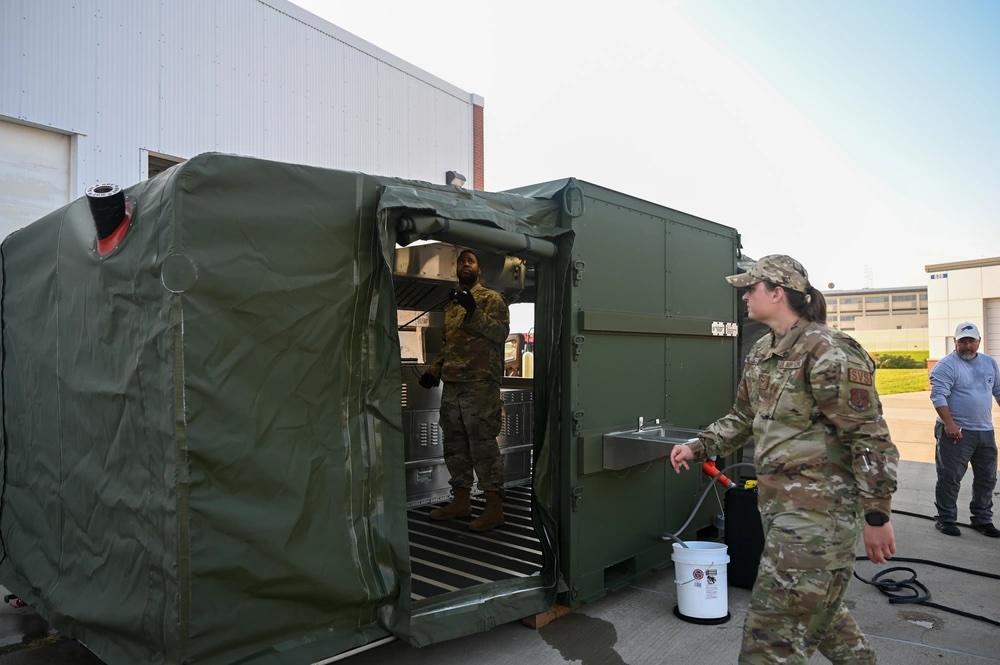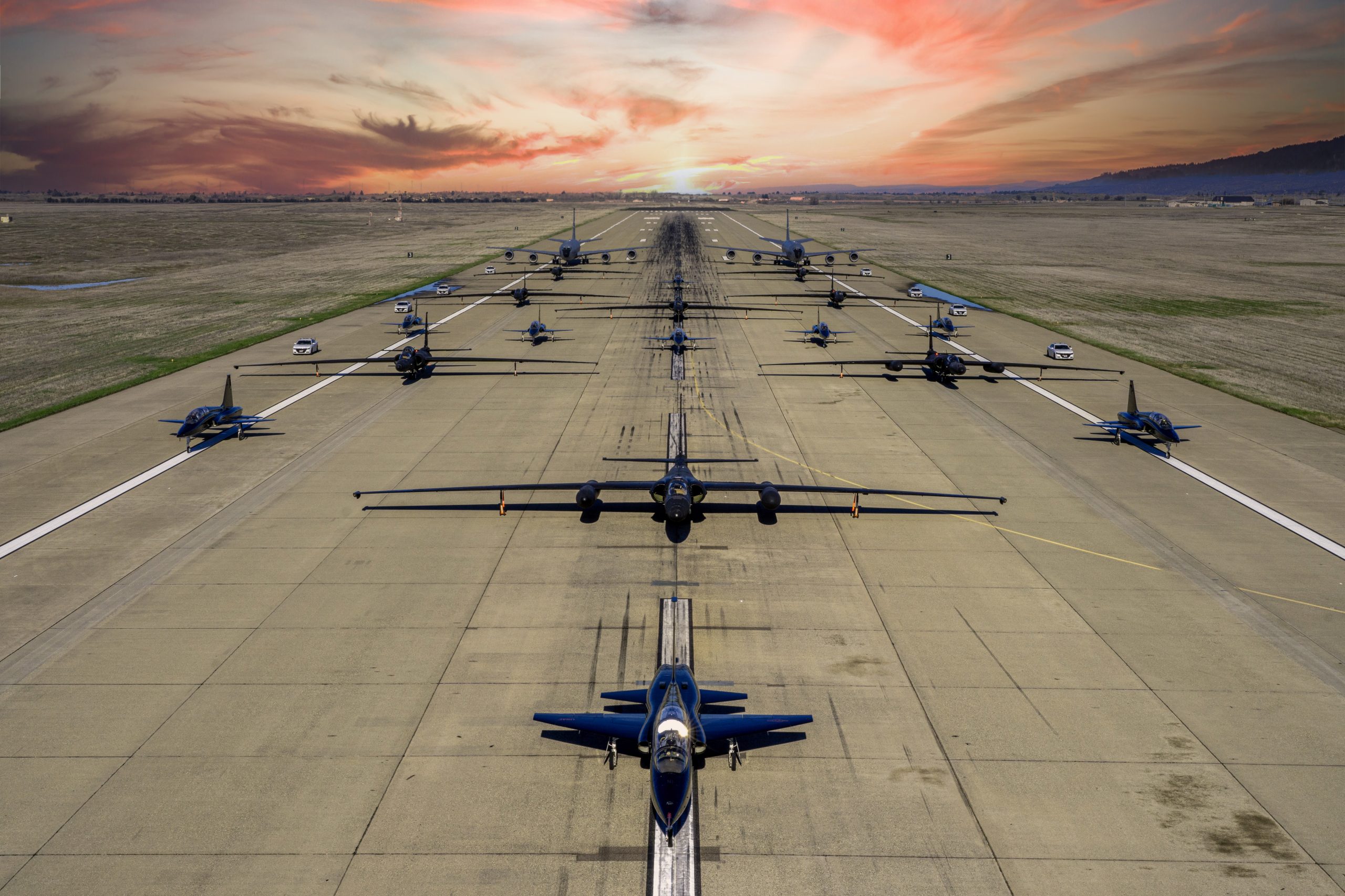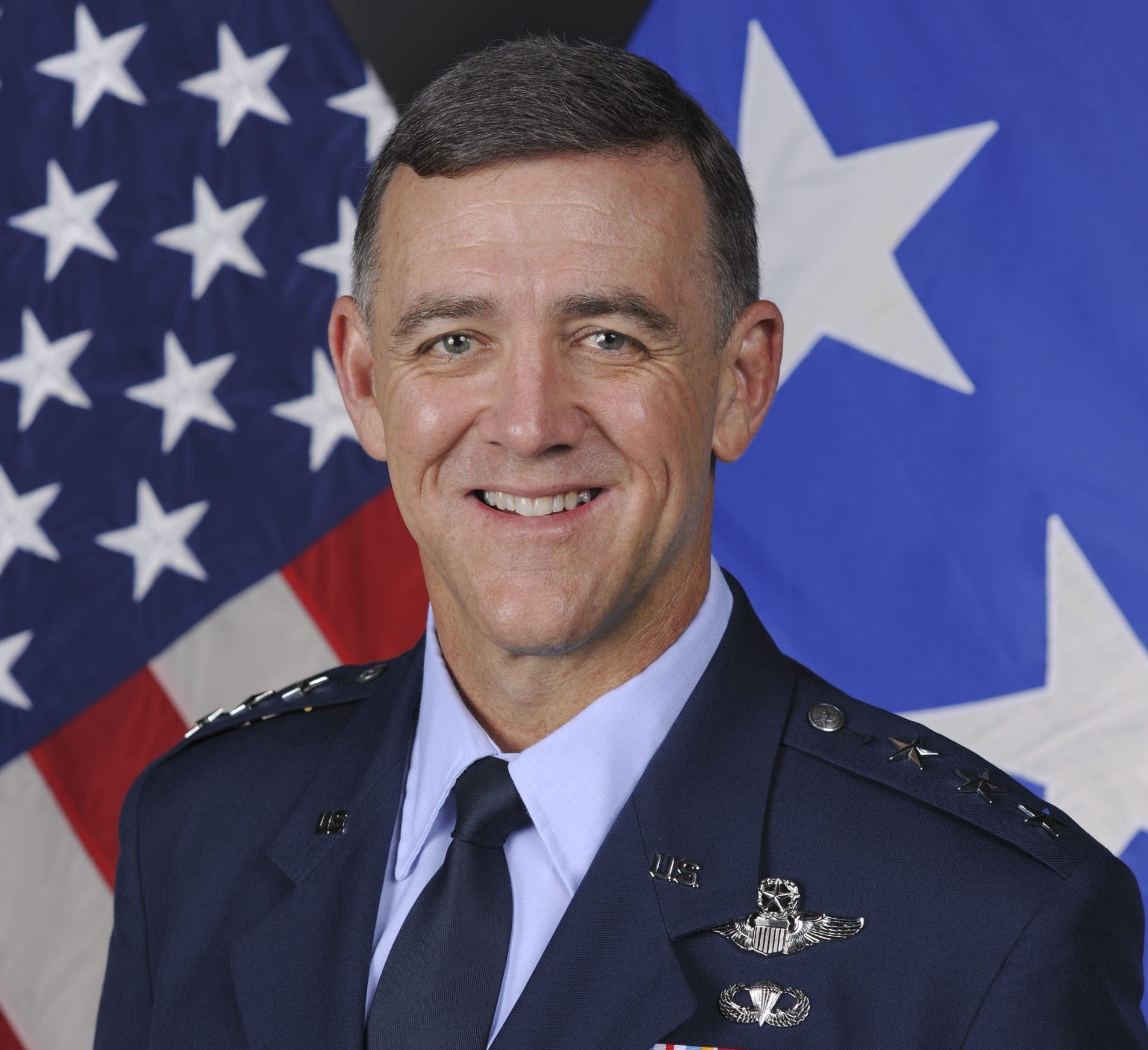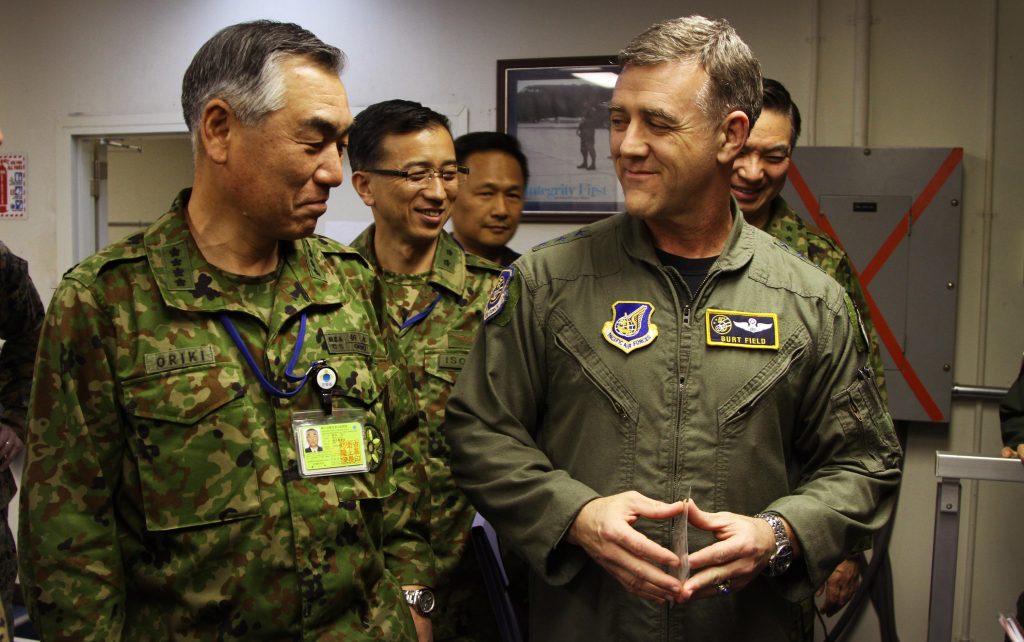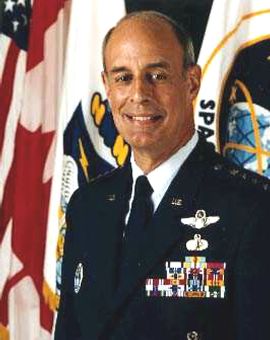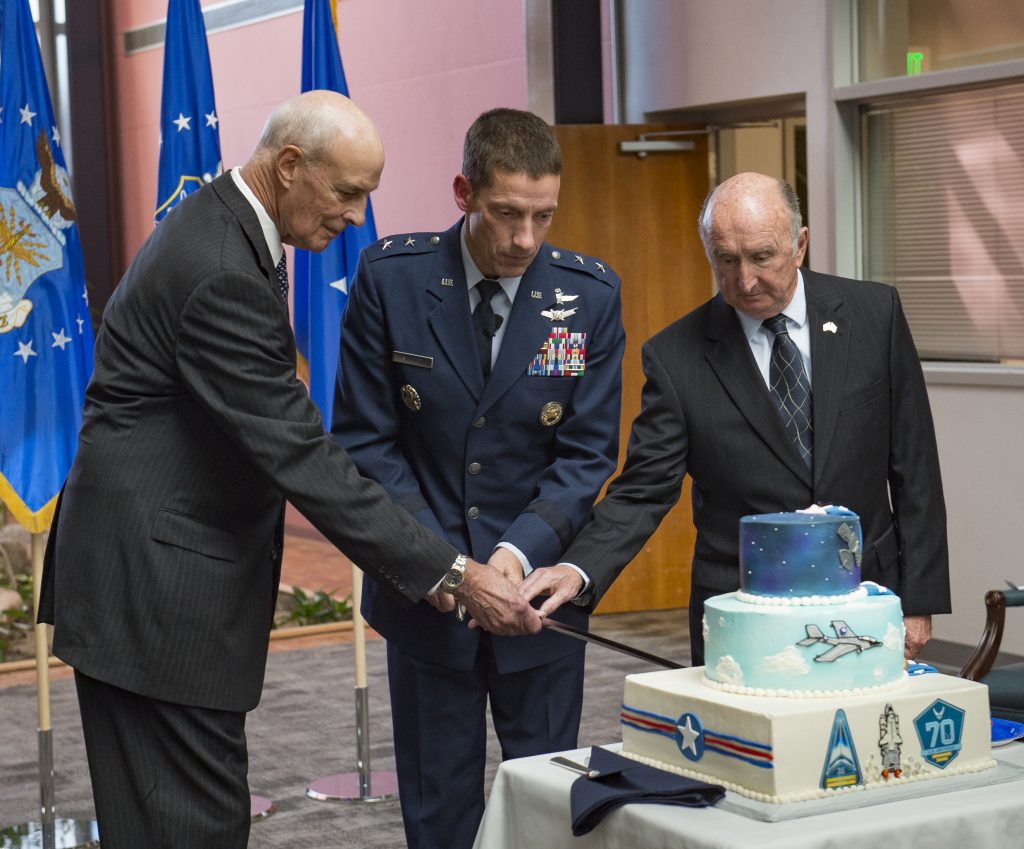Maj. Gen. Phillip Stewart, just the second Air Force general officer to ever face a court-martial, pleaded not guilty to charges including sexual assault, conduct unbecoming an officer, and controlling an aircraft within 12 hours of consuming alcohol, on March 21.
Stewart also requested a trial by a panel of his peers, which in the military must be made up of members who are at a rank higher or equivalent to the defendant’s. But finding generals to sit on a panel (the military equivalent of a jury) for the June 17 court-martial at Joint Base San Antonio-Randolph, Texas, could prove complicated due to the small field of candidates and the wide margin for the defense team to challenge their impartiality, according to a former chief prosecutor of the Air Force.
“It could be a real challenge where they keep busting quorum over and over,” retired Col. Don Christensen told Air & Space Forces Magazine.
Stewart was relieved as the head of the 19th Air Force, which oversees all Air Force pilot training, by Lt. Gen. Brian Robinson, the head of Air Education and Training Command (AETC), on May 9. If convicted on all charges, Stewart could face 60 years in prison, according to Jeffrey Addicott, a member of Stewart’s defense team.
The only other Air Force general to have been court-martialed, Maj. Gen. William Cooley, was convicted of abusive sexual contact by military judge alone. That means if a panel of members is formally seated for Stewart, he would be the first Air Force general to be tried by a panel. But that could be a big ‘if.’
AETC spokesperson Capt. Scarlett Trujillo said Robinson has selected an initial pool of potential panel members from a list of eligible general officers and they “have been notified in advance of the proceedings to enable ample time to clear their schedules to serve as members.” The Uniform Code of Military Justice requires at least eight panel members, Trujillo explained, and each must be on active duty with the armed forces.
However, the defense may try to convince the judge, Col. Matthew Stoffel, that some of the members do not belong on the panel. Besides being the right rank, panel members must also be considered free of actual bias and implied bias, Christensen said. Actual bias might take the form of a member explicitly stating a biased view or if they have a close connection with the defendant. But the standard for implied bias is “very wishy-washy,” Christensen said.
In this case, a defense team could make a case for implied bias if a panel member has served as a convening authority (the ranking officer overseeing a court-martial) for a trial involving sexual assault, or even if they received extra training for how to oversee such cases.
“You’re supposed to use this objective member of society standard: Would an objective member of the community have significant doubt about the fairness of the process if this person was allowed to sit on the court?” Christensen said. “Things like prior training and prior action get into that implied bias world, and the judge has to make a determination using that standard.”
A long-standing principle called the “liberal grant mandate” means military judges are mandated to err on the side of granting a challenge rather than deny it and risk the perception of bias.
There are few Airmen at the rank of major general and above—about 135—even fewer without the appearance of actual or implied bias, and an even smaller number who have little to no connection with Stewart and any witnesses who may be called to testify. That means voir dire, the preliminary examination of a witness or a panel member by the judge or counsel, could take a while.
“I’ve done trials where you go two or three days of voir dire and you keep busting quorum and have to bring in more members,” Christensen said. “Unless they have a bunch of other generals sitting in a room some place to add to the panel, you’re going to have a significant delay while they rearrange the schedules of six additional generals to come sit on the panel.”
The same problem arose in 2014 at the court-martial of Army Brig. Gen. Jeffrey Sinclair, who was accused of sexual assault. More than 40 generals stationed around the world were summoned to Fort Bragg, N.C., to be interviewed, but most were rejected because they knew Sinclair or key witnesses, The Washington Post reported at the time. Sinclair eventually cut a plea deal.
Panel problems could prove a winning strategy for the defense in Stewart’s case. In January, the general filed a request to retire in lieu of court-martial. Robinson must decide whether or not to endorse the request, but Air Force Secretary Frank Kendall has ultimate approval authority.
“He [Stewart] could be like ‘I’m going to make this as painful as possible for you so that you eventually give up and approve my retirement,’” Christensen said. “I’m not saying for sure that’s what he’s doing, but I would be tempted, if I were his defense counsel, to see if they can actually pull this off.”
Even if a panel is eventually selected, Stewart can still opt to be tried by judge alone, he said. After the preliminary Article 32 hearing in October, the judge, Col. Brian Thompson, recommended the case not proceed to court-martial and instead be handled administratively, Addicott said last year. If that’s true, it could presage the verdict of the judge overseeing the court-martial.
“If one judge thinks that the evidence is not strong enough to go to court, which tells you he thought it wasn’t strong enough to convict, you’d be inclined to think another judge would agree,” Christensen said.
The administrative challenges of seating a panel of general officers is one of the reasons why general officers are rarely court-martialed, Christensen explained. One way to mitigate the challenge would be to completely remove the convening authority from court-martials involving sexual assault and harassment. That would at least remove a common basis for the challenges of implicit bias that those generals often face when invited to sit on a panel, Christensen said.
Stewart’s charges include six specifications:
- Two specifications of violating Article 92 of the Uniform Code of Military Justice, failing to obey a lawful order or regulation, first for allegedly failing “to refrain from pursuing an unprofessional relationship” and second for allegedly controlling an aircraft within 12 hours after consuming alcohol. The first specification allegedly dates to March 6 and May 9, while the second allegedly dates to on or about April 14 at or near Altus Air Force Base, Okla.
- Two specifications of violating Article 120 of the UCMJ, which covers rape and sexual assault, for alleged nonconsensual sexual contact, dated on or about April 13 and 14 at Altus.
- One specification of violating Article 133 of the UCMJ, conduct unbecoming an officer, at or near Denver, Colo., on or about March 6 and March 8, where it alleges that Stewart, “while on official travel, wrongfully invite [redacted] to spend the night alone with him in his private hotel room[.]”
- One specification of violating UCMJ Article 134, which refers to “all disorders and neglects to the prejudice of good order and discipline in the armed forces, of a nature to bring discredit upon the armed forces,” for allegedly engaging “in extramarital conduct” on or about April 13 and 14 at or near Altus.
